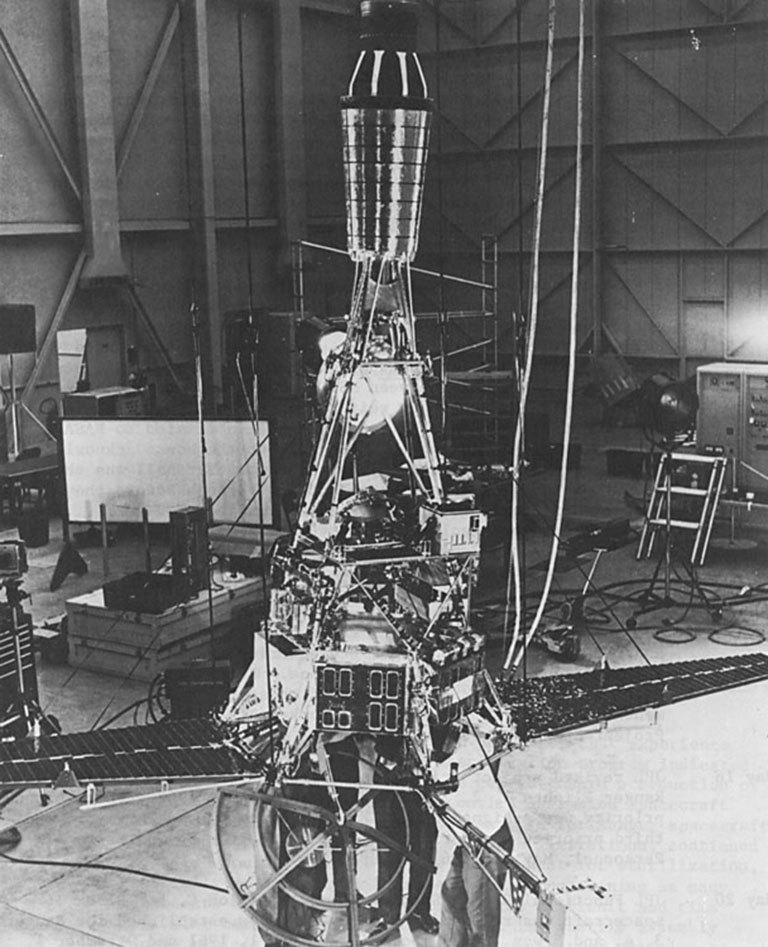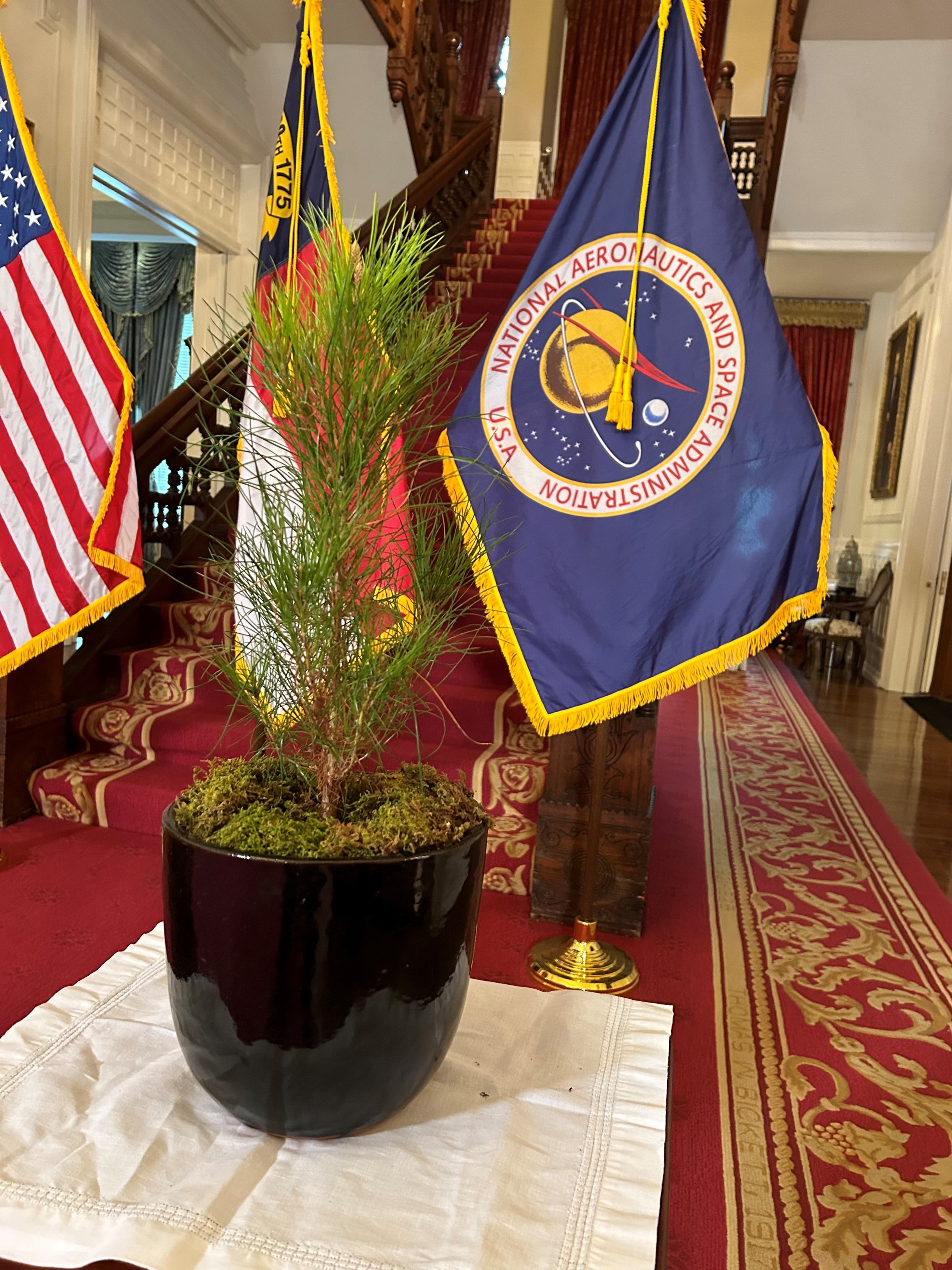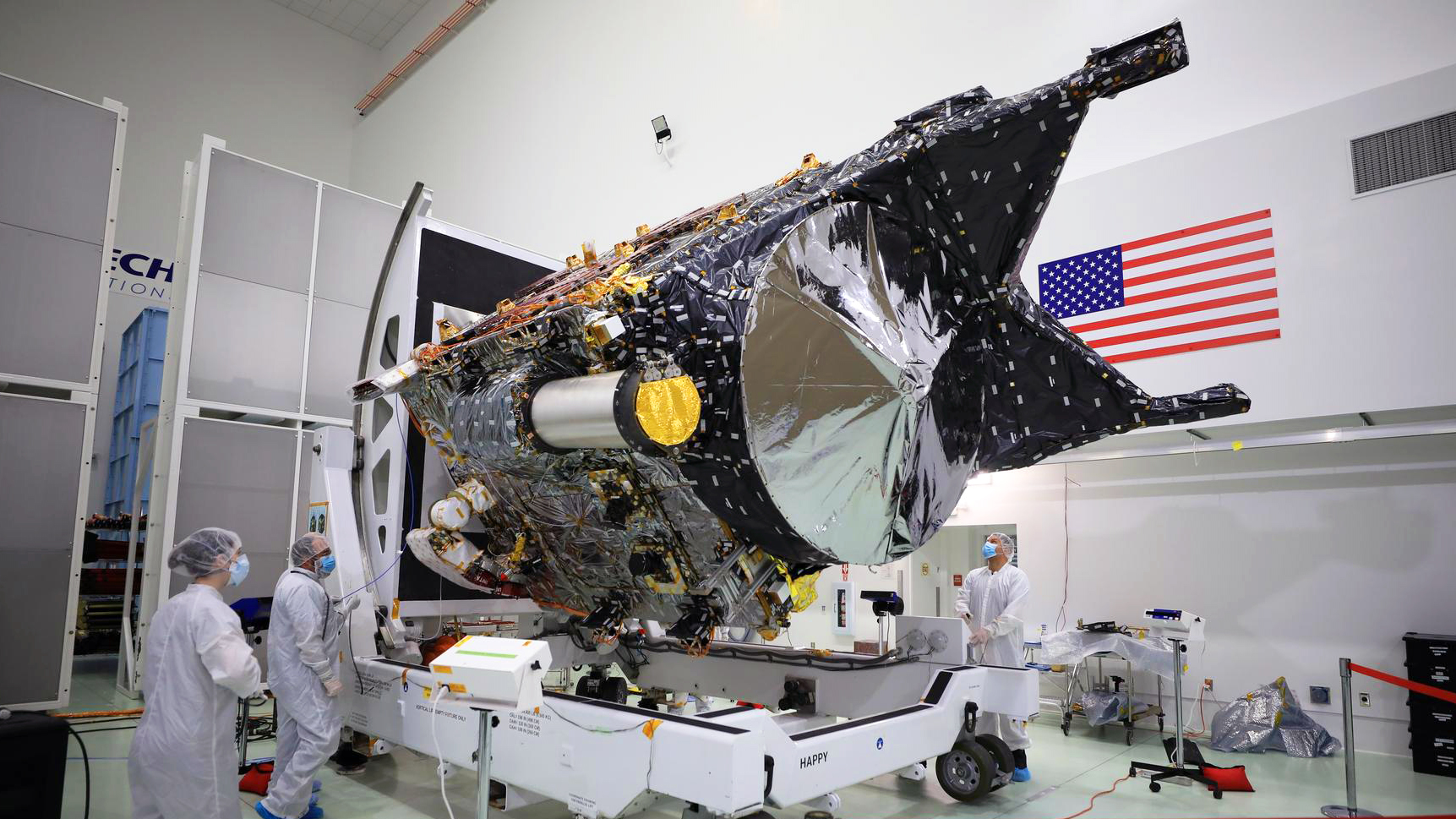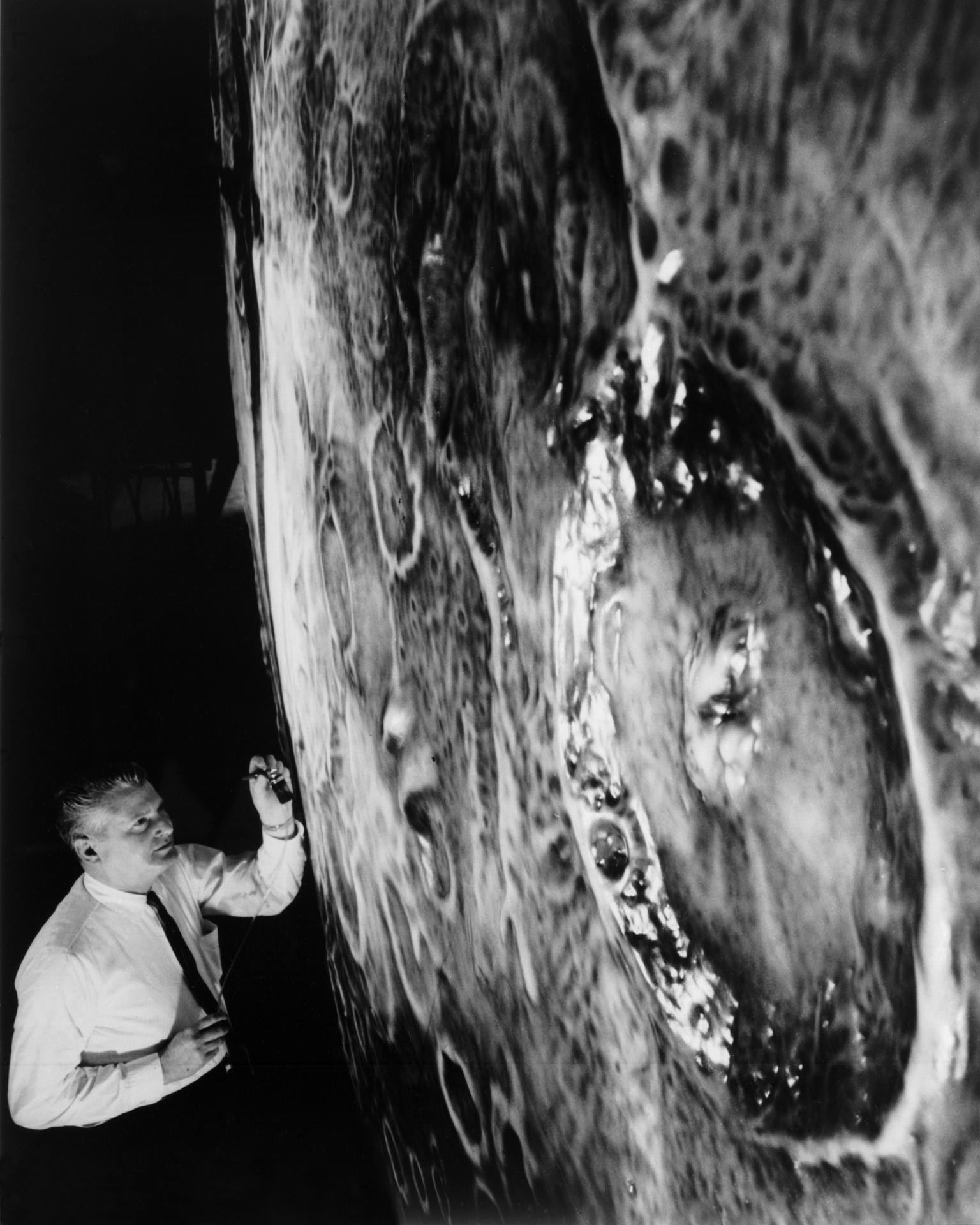Ranger 2
Type
Launch
Target
Objective
Ranger 2 was NASA’s second spacecraft launched to enter a highly elliptical Earth orbit that would take it into beyond the Moon to test new technologies and conduct experiments. Like its predecessor, a rocket malfunction stranded it in low-Earth orbit. It eventually lost power and reentered Earth’s atmosphere.

What was Ranger 2?
Ranger 2 was NASA’s second spacecraft launched to enter a highly elliptical Earth orbit that would take it into beyond the Moon to test new technologies and conduct experiments. Like its predecessor, a rocket malfunction stranded it in low-Earth orbit. It eventually lost power and reentered Earth’s atmosphere.
Nation | United States of America (USA) |
Objective(s) | Highly Elliptical Earth Orbit |
Spacecraft | P-33 |
Spacecraft Mass | 675 pounds (306.18 kilograms) |
Mission Design and Management | NASA / JPL |
Launch Vehicle | Atlas Agena B (Atlas Agena B no. 2 / Atlas D no. 117 / Agena B no. 6002) |
Launch Date and Time | Nov. 18, 1961 / 08:12 UT |
Launch Site | Cape Canaveral, Fla. / Launch Complex 12 |
Scientific Instruments | 1. Electrostatic Analyzer for Solar Plasma 2. Photoconductive Particle Detectors 3. Rubidium Vapor Magnetometer 4. Triple Coincidence Cosmic Ray Telescope 5. Cosmic Ray Integrating Ionization Chamber 6. X-ray Scintillation Detectors 7. Micrometeoroid Dust Particle Detectors 8. Lyman Alpha Scanning Telescope |
Key Dates
Nov. 18, 1961: Launch
Nov. 19, 1961: Spacecraft reentered Earth's atmosphere
In Depth: Ranger 2
Like its predecessor, NASA's Ranger 2 was designed to operate in a highly elliptical Earth orbit that would take it into deep space beyond the Moon.
Mission planners expected that during five months of operation, they could verify both the technical design of the vehicle and conduct key scientific experiments to study the space environment over a prolonged period.
Ranger 2 was launched at 08:12 UT Nov. 18, 1961, from Cape Canaveral, Florida.
Since the Block 1 Rangers (Ranger 1 and 2) carried no rocket engine, they could not alter their trajectories.
On this attempt, Ranger 2, like its predecessor, failed to leave low-Earth orbit, the Agena B stage having failed to fire. Ranger 2 lost its solar orientation and then eventually lost power, and reentered Earth's atmosphere Nov. 19, 1961.
The most probable cause of the failure was that the roll-control gyroscope on the Agena B guidance system didn't operate properly. As a result, the stage used up all attitude control propellant for its first orbit insertion burn. At the time of the second burn, without proper attitude, the engine failed to fire.
Key Source
Siddiqi, Asif A. Beyond Earth: A Chronicle of Deep Space Exploration, 1958-2016. NASA History Program Office, 2018.









